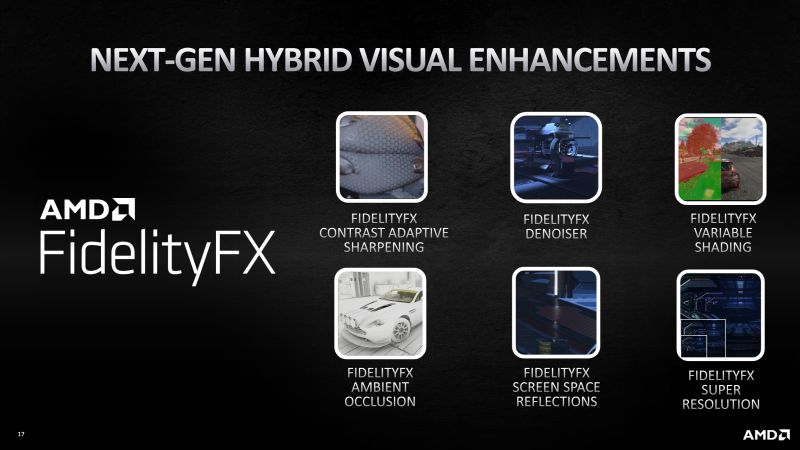AMD’s RDNA2 GPU architecture has been around for exactly half a year now, with its Radeon RX 6000 series lineup very recently welcoming the RX 6700XT to the fold. But for all its real-tracing capabilities, its FidelityFX Super Resolution (FSR) supersampling technology – basically, AMD’s answer to NVIDIA’s DLSS – is still nowhere to be seen.
Well, it seems that we not have to wait much longer, if the words of Scott Herkelman, vice president of AMD’s Graphics Business Unit, are to be believed. During an interview with PC World, Herkelman said that internal development of FSR is progressing very well and that he and his team were currently evaluating its upscaling algorithm. More to the point, Herkelman also hints at the possibility that FSR should be out and about for Radeon enthusiasts by this year. Although, when exactly was left ambiguous.
Real-time ray-tracing first came on to the scene when NVIDIA introduced RTX with its Turing GPU architecture back in 2018. While it makes games that support the feature look far prettier visually, it still puts a considerable amount of strain on the graphics card. In order to alleviate this, the GPU maker launched its Deep Learning Super Sampling, or DLSS, along with RTX. For the uninitiated, DLSS is an anti-aliasing technology that utilises NVIDIA’s Deep Neural Network (DNN), which upscales games from lower to higher resolutions. All while preserving details that would normally appear in the latter with the help of AI.

As we said at the start of this article, AMD finally jumped on to the ray-tracing bandwagon with its Radeon RX 6000 series, but unlike NVIDIA, the feature was not escorted with its own upscaling technology at the time.
One other interesting point Herkelman made during the virtual meeting was that, unlike NVIDIA’s Turing and Ampere cards, AMD’s FSR would necessarily be based on machine learning. In other words, FSR has the potential of working with 1st generation RDNA cards, as well as RDNA2 cards. To that end, we’ll just have to wait until we get to test out the feature.
(Source: PC World via YouTube, Techspot)
Follow us on Instagram, Facebook, Twitter or Telegram for more updates and breaking news.



